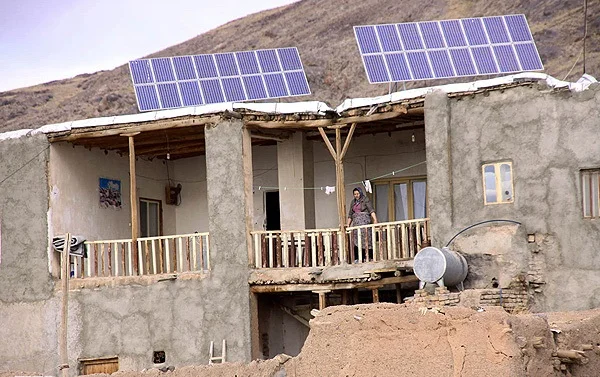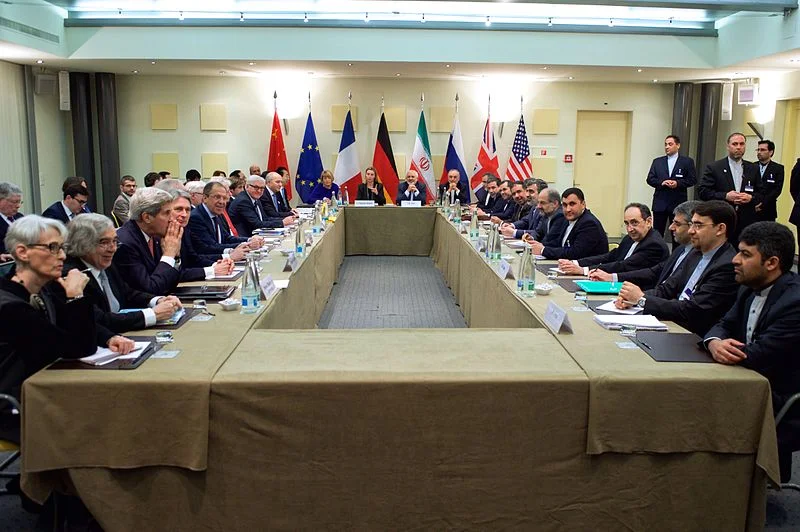Media Guide: Chief Justice Ebrahim Raisi
/By AIC Research Fellow Andrew Lumsden
On March 7, 2019, Iran’s Supreme Leader Ayatollah Khamenei appointed Ebrahim Raisi, a conservative cleric and 2017 presidential candidate, as the country’s Chief Justice. Raisi’s selection for this powerful position immediately set off a firestorm of international controversy. Human Rights Watch labeled it “disturbing and frankly frightening,” the U.S. Department of State called it “a disgrace,” and the Center for Human Rights in Iran went further, saying that “Raisi should be prosecuted, not head of Iran’s judiciary.”
This Media Guide will explain who Ebrahim Raisi is, why his appointment as Chief Justice is causing such consternation among human rights activists and what impact he could potentially have on Iran in the coming years.
Read More




















